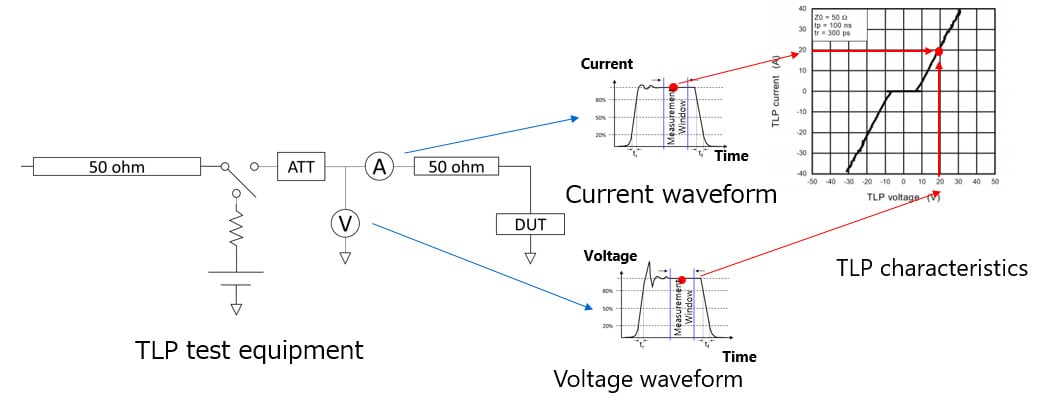-
My ToshibaSemicon
- 반도체 탑
-
애플리케이션Automotive
Body Electronics
xEV
In-Vehicle Infotainment
Advanced Driver-Assistance Systems (ADAS)
Chassis
IndustrialInfrastructure
BEMS/HEMS
Factory Automation
Commercial Equipment
Consumer/PersonalIoT Equipment
Healthcare
Wearable Device
Mobile
Computer Peripherals
-
제품자동차 디바이스
Discrete Semiconductor
다이오드
트랜지스터
로직 IC
Analog Devices
Digital Devices
Wireless Devices
※
: Products list (parametric search)
파워반도체※
: Products list (parametric search)
Isolators/Solid State RelaysPhotocouplers
Digital Isolators
Solid State Relays
Fiber Optic Transmitting Modules
※
: Products list (parametric search)
MOSFETsIGBTs/IEGTs바이폴라 트랜지스터※
: Products list (parametric search)
다이오드※
: Products list (parametric search)
마이크로컨트롤러모터 드라이버 ICIntelligent Power ICs※
: Products list (parametric search)
전원관리IC리니어 IC※
: Products list (parametric search)
범용로직IC리니어 이미지 센서기타 제품용 IC기타 제품용 IC
※
: Products list (parametric search)
-
개발/설계 지원
-
기술 자료
- 구매처
- 부품 번호 & 키워드 검색
- 상호 참조 검색
- 파라미터 검색
- 재고 확인 및 구매
This webpage doesn't work with Internet Explorer. Please use the latest version of Google Chrome, Microsoft Edge, Mozilla Firefox or Safari.
3글자 이상 입력하세요. Search for multiple part numbers fromhere.
The information presented in this cross reference is based on TOSHIBA's selection criteria and should be treated as a suggestion only. Please carefully review the latest versions of all relevant information on the TOSHIBA products, including without limitation data sheets and validate all operating parameters of the TOSHIBA products to ensure that the suggested TOSHIBA products are truly compatible with your design and application.Please note that this cross reference is based on TOSHIBA's estimate of compatibility with other manufacturers' products, based on other manufacturers' published data, at the time the data was collected.TOSHIBA is not responsible for any incorrect or incomplete information. Information is subject to change at any time without notice.
3글자 이상 입력하세요.
What is a TLP test?

Transmission line pulse (TLP) is a way to test device behavior in the current and time domain of ESD events.
Conventional models for the ESD immunity tests of a device include a human body model (HBM), machine model (MM), and charge device model (CDM) whereas a system-level ESD immunity test is specified by IEC 61000-4-2 and other standards. Different test techniques may provide different results because of differences in the prescribed signal rise time.
A TLP test generates a rectangular wave by charging a floating cable to a predetermined voltage and discharging it into a device under test (DUT). The pulse width and the rise time can be changed easily by changing the cable length and the filter characteristics.
The TLP test uses short pulses with a width on the order of nanoseconds, making it possible to obtain I-V characteristics in the high-voltage, high-current region (i.e., ESD voltage/current region) without causing thermal destruction.
The TLP test serves as an aid for ESD design because it makes it possible not only to compare the ESD protection performance of different TVS diodes, but also to compare the ESD tolerance of a TVS diode with the I-V curve of an IC to be protected.

